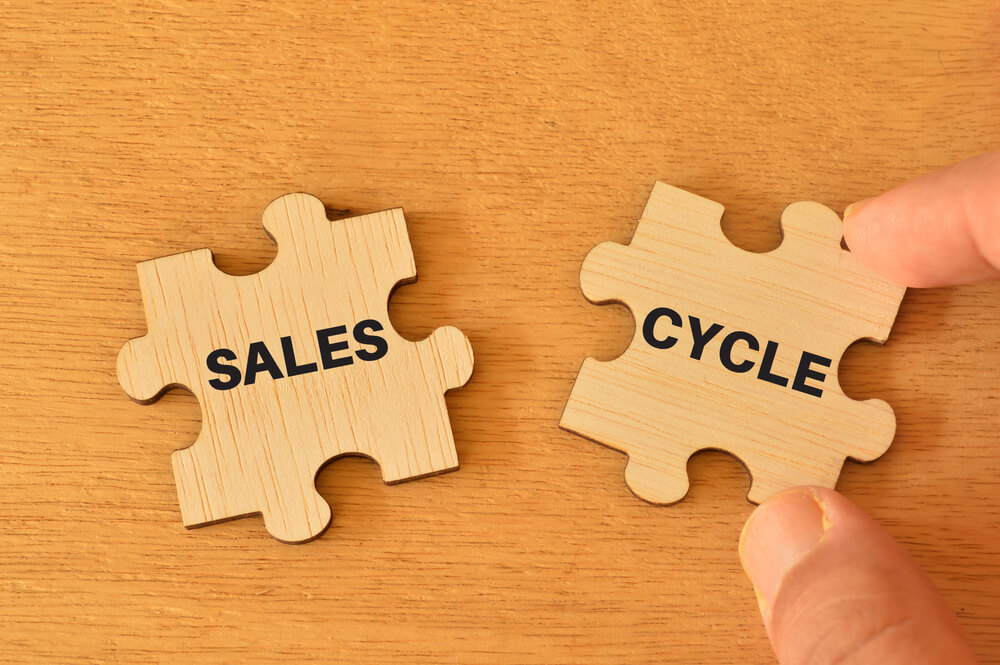Consumers and businesses alike face uncertainty in the economic environment today. This external uncertainty is self-fulfilling and leads to further customer scrutiny of their spending. And when there are investment spends, the closure cycles tend to take longer due to slower decision-making.
Quite often as consumers, we are battling inertia and the comfort of the status quo. In a market with generally slower momentum, the inertia makes it that much harder to have customers move towards a purchase. To tackle this, there are three dimensions that you should explore to accelerate your influence and drive towards business closure.
Three dimensions to accelerate the closure cycle
Your answer to “Why Now?”. How well have you played the compelling reason?
The ‘Why Now?’ has always been an important question – establishing the need for a solution, vs. a broader want in the customer’s mind. In uncertain environments, the need that your solution addresses must be front & center and most compelling. Rational arguments are great but bear in mind, often it’s the emotions that tip the balance.
Rational Arguments – for the top line, bottom line, and ‘in the middle’
For business sales, broadly, the rational argument for your solution could be made where it improves either (a) the top line (revenue) or (b) the bottom line (profits), and sometimes factors in the middle.
Top-line cases for need are often made with proven improvement in business productivity. These productivity increases improve the ability of customers to do a lot more from their current output baseline. For example, improved business performance with stronger reach, better employee productivity, better production cycle times, etc.
Bottom-line improvement scenarios are driven by a cost argument around how your solution can have a positive impact on the cost structure for the client. Also, potentially what indirect costs the customer can reduce as well.
Rational arguments can also be made “in the middle”, establishing the need for customers to continue running their businesses well. For example, in the world of technology solutions, security, and vulnerability protection are critical for smooth business operations. Another example would be the need for businesses to comply with regulatory requirements in the market.
These rational arguments should make a compelling case for the question ‘Why Now?’ in the context of the customer.
Emotional arguments – when decision-making shifts to the heart
While rational arguments are a great baseline, usually discretionary spends, including those that border on “wants”. Such decisions are influenced from the heart. They have softer elements that drive customer behavior – including the fear of missing out (FOMO) and consumer pride in owning a product. Refreshes and upgrades (e.g., think automobiles and other high-end consumer goods) of products may very well be in this space.
A compelling response around ‘Why Now?’ helps reduce consumer inertia and brings them to the doorstep of decision-making.
How can the purchase be made easier? Have you minimized the risk for the customer with the decision?
The consumer is now actively listening to you and engaged in the conversation around your solution because they are sold on the ‘need’ for it.
Good positioning to ‘How can the purchase be made easier?’ starts to cement the inclination made in #1. By addressing the perceived ‘risk’ in the decision being taken by the consumer. The risk can be reduced when your business offers a clear winner when customers are evaluating options.
– Competitive options (Clear winner – your product stands out!)
o Your brand plays a key role here – since it influences the choice from amongst the alternatives in front of the customer; brand preference tips the favour in your choice, while giving increasing customer trust and confidence.
o It also allows you to price right with a good brand holding fort against the demands for deep discounting.
–Options being evaluated by peers (Clear winner – your product is popular!)
o Customers would like to know that they are not alone in the journey and your product has a successful track record of solving these challenges for others.
o Bring more peers/case references that vouch for the successful adoption of your solution.
– Options on financing (Clear winner – paying for your product is easy!)
o Can you reduce the risk of the decision by allowing the customer to pay as you go and/or pay as you use? Quite often, this eases the risk element and allows for the customer to come into the solution incrementally without deep upfront financial commitments.
o Or, how about the approach to buying now and paying later?
o Options around financing and payments are important since they offer real flexibility to the customer in the purchase.
How quickly can they be up and running post-purchase? Have you minimized disruption?
The final aspect would be to minimize disruption or changes in their current operating pattern.
• Can you offer services and support – so you are with them on the journey?
• Proof of it working (POC) – shows a sneak peek and gives a sense of confidence to the customer in the quality of your solution.
• Phased rollouts – so customers can commit in stages, again minimizing disruption while handling change.
Going through the dimensions of ‘Why now?’, ‘Making the purchase easier’ and ‘Minimizing disruption’ can serve you well – staying in close partnership with the customer during the purchase journey. It will also help reduce the friction and take the sale past the finish line that much faster! Good luck!



